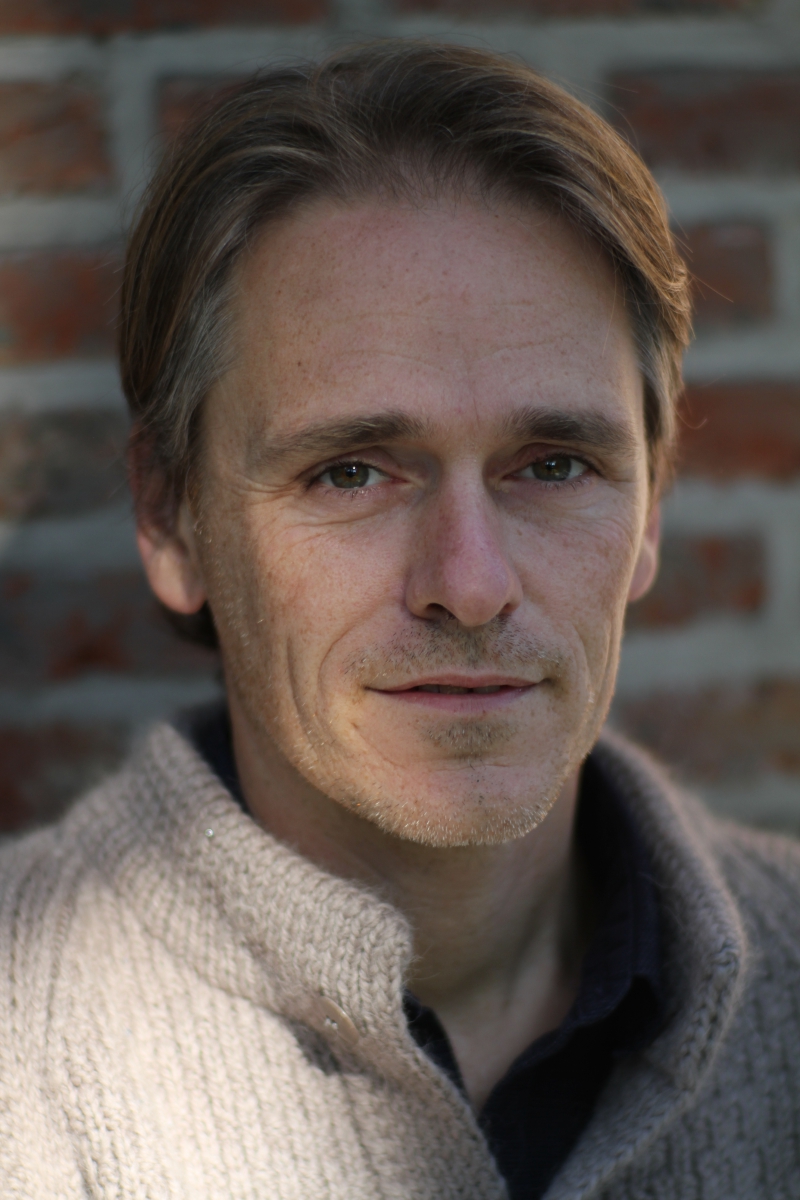Volkskundemuseum Brugge
The Volkskundemuseum in Bruges shows aspects of everyday life in the nineteenth and beginning of twentieth century. The permanent presentation of the museum exists of 18 reconstructed interiors: a grocery store, schoolclass, living room, the craft studios of a shoemaker, a candy makers, a tailor, etc. There is a long tradition of including intangible cultural heritage in the activities of the museum: live demonstrations of craftsmen, reviving seasonal celebrations and traditional (and new) life rituals…
The recent years some new initiatives have been taken regarding intangible heritage: a series of photographic exhibitions, Snapshot, about intangible heritage in Bruges, the creation of a 'tradition room' with temporary presentations, lecture and workshop series about intangible heritage, a new theatre production about a historic puppet theatre of Bruges,… In most presentations and activities ICH-practitioners are closely involveld.
The Volkskundemuseum belongs to Musea Brugge, the city museums of Bruges. In the new policy plan intangible heritage is mentioned as one of the operational domains, which deserve more attention.
The safeguarding measures are limited to drawing attention on the rich intangible heritage and also inspiring people to deal creatively with old and new rituals. The Volkskundemuseum organises exhibitions and workshops
Namaste Bruges
Description of the project / practice / program
In 2011 Snapshot, a series of photographic exhibitions about intangible heritage in Bruges, has been launched. Top-class Belgian photographers were asked to give a personal impression of one specific topic of intangible heritage. Some of the exhibitions included also a participative part. The ICH-community was then asked to give a presentation (photos, objects, video, audio, demonstration) of their practice.
The same happened with Snapshot 11 – Namaste Bruges. But this edition also had a more symbolic value. The other editions were about traditions with deep roots in the history of Bruges. By exposing the culture and traditions of the Nepalese community, the museum gave the signal that also the traditions of newcomers belong to the intangible heritage of Bruges and that the Nepalese community are considered as an integral part of Bruges society. The Volkskundemuseum is also a symbolic place, because the ‘Folklore studies’, which lay the foundation of the museum, were originally focused on the ‘own’ identity, in opposition with the ‘other’.
How were practitioners of intangible cultural heritage involved?
The Nepalese community of Bruges is the largest non-European migrant community in Bruges. They have a very rich and divers cultural life and are eager to share this with the other Brugians. We asked a renowned Belgian photographer Bieke Depoorter (Magnum) to give her personal impression of the living culture of the Brugians with Nepalese roots. In all her photographic projects Bieke Depoorter gets closely involved in the life of people she wants to photograph. The portraits give an intimate look inside the houses and festivals of the Nepalese Brugians.
In addition to this photographic part, there was also a participative part. The museum invited the Nepalese community to assemble an exhibition with objects and videos which they thought show their cultural identity. It was not so easy because the day of the opening of the exhibition objects still were coming in. Members of the Nepalese community did guided tours for school groups and also organised some workshops in the museum, like percussion, making mandala’s and the organisation of a light festival (Teej).
© cover photo: Bieke Depoorter
CV of the author

Geert Souvereyns is a historian and currently coordinator of the Volkskundemuseum in Bruges, but also involved in the renewal of the Gruuthusemuseum. The permanent presentation of the Volkskundemuseum shows aspects of everyday life in the nineteenth and beginning of twentieth century. The museum has a long tradition of including intangible heritage in its activities. Recently Geert has been involved in a theatre production about a historic puppet theatre of Bruges, a series of photographic exhibitions (Snapshot) about intangible heritage in Bruges, an intercultural exhibition about birth rituals, etc. A common thread in these projects is the close involvement of the practitioners of intangible heritage.
LESSONS LEARNT
- Working on intangible cultural heritage is an opportunity for museums to broaden their networks.
- Temporary projects on intangible cultural heritage could be a stepping stone for museums to expand the range of spatial activities towards the core of the museum, and give intangible heritage a place in the museum's collection and in the permanent presentation.
LINKS
Practical
When
30 March 2018 from 08:31 to 08:31
Where
Subscriptions
It is no longer possible to subscribe to this bestpractice. Reports and videos will be published after the bestpractice.